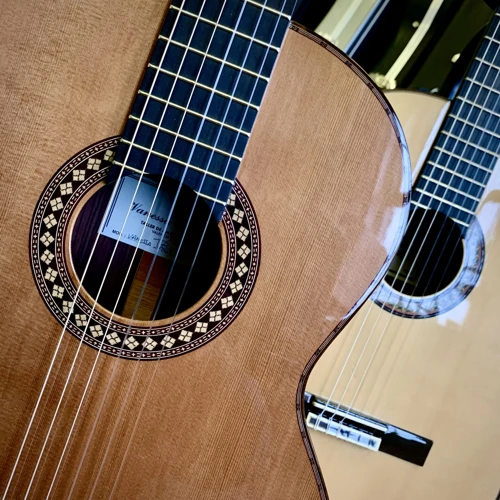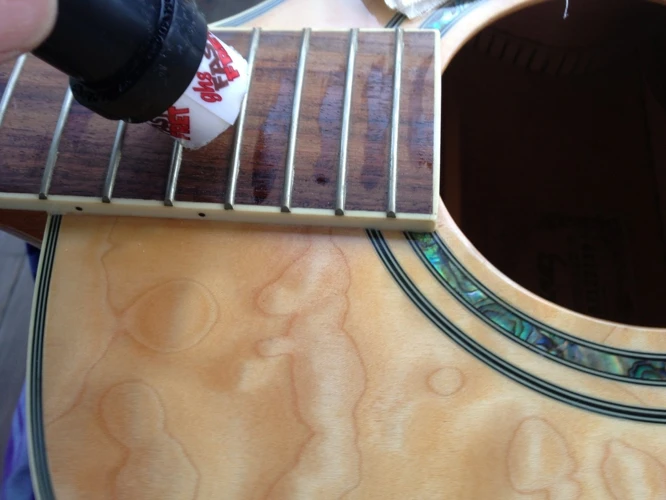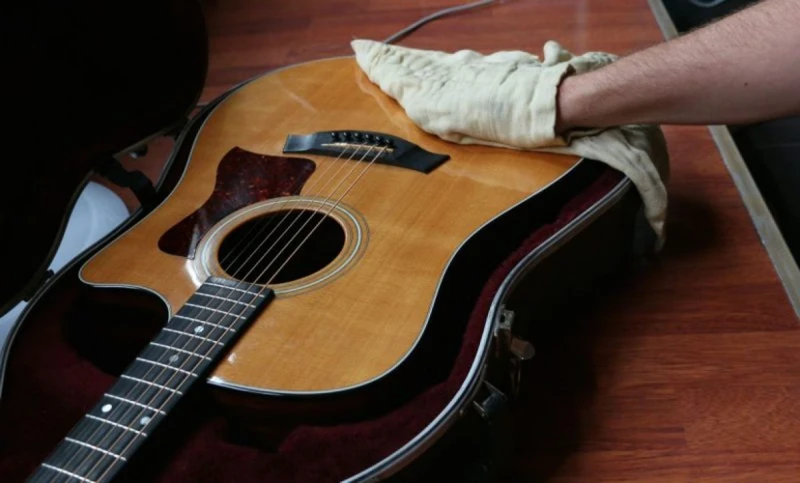The Polish acoustic guitar scene is full of talent and beautiful instruments. If you’re a fan of acoustic guitar music or a player yourself, this guide will provide you with all the information you need to explore the world of Polish acoustic guitars. From the history of the instrument in Poland to the top luthiers and players, we’ve got you covered.
History of the Acoustic Guitar in Poland
The acoustic guitar has a long and rich history in Poland, with the first guitars appearing in the country in the 16th century. However, it wasn’t until the 19th century that the guitar began to gain popularity as a solo instrument. This was due in part to the influence of Spanish guitar music, which was brought to Poland by traveling musicians.
In the early 20th century, the guitar began to be used more frequently in Polish folk music, and it became an essential part of many traditional ensembles. During this time, several Polish luthiers began to specialize in guitar making, and the instrument’s popularity continued to grow.
Polish Luthiers
Poland is home to many talented luthiers who are dedicated to creating high-quality acoustic guitars. Here are a few of the most well-known:
Jan Strzelczyk
Jan Strzelczyk is a luthier based in Poznań, Poland. He has been building guitars for over 30 years and is known for his attention to detail and use of high-quality materials. Strzelczyk’s guitars are played by professional musicians all over the world.
Marek Zarycki
Marek Zarycki is a luthier based in Kraków, Poland. He has been building guitars for over 20 years and is known for his innovative designs and use of non-traditional materials. Zarycki’s guitars have won numerous awards and are played by some of the top guitarists in Poland.
Marcin Miłkowski
Marcin Miłkowski is a luthier based in Warsaw, Poland. He has been building guitars for over 10 years and is known for his traditional building techniques and use of high-quality woods. Miłkowski’s guitars are played by both amateur and professional musicians.
Polish Acoustic Guitar Players
Poland has a thriving community of acoustic guitar players, with many talented musicians performing in venues all over the country. Here are a few of the most well-known:
Marek Napiórkowski
Marek Napiórkowski is a jazz guitarist based in Warsaw, Poland. He has released several albums and has performed with some of the top musicians in the world. Napiórkowski is known for his technical skill and improvisational abilities.
Adam Palma
Adam Palma is a fingerstyle guitarist based in Kraków, Poland. He has released several albums and has performed all over the world. Palma is known for his unique playing style and use of percussive techniques.
Michał Niewodniarz
Michał Niewodniarz is a classical guitarist based in Poznań, Poland. He has won numerous awards and has performed in venues all over the world. Niewodniarz is known for his technical skill and expressive playing style.
Festivals and Events
Poland is home to many festivals and events dedicated to the acoustic guitar. Here are a few of the most well-known:
Gitarą i Piórem
Gitarą i Piórem (With Guitar and Pen) is a festival dedicated to the acoustic guitar and poetry. The festival takes place in Kraków, Poland and features performances by some of the top guitarists in the country.
Guitar Art Festival
The Guitar Art Festival is a international festival dedicated to the acoustic guitar. The festival takes place in Wrocław, Poland and features performances by some of the top guitarists in the world.
Guitar Night
Guitar Night is a concert series dedicated to the acoustic guitar. The series takes place in several cities throughout Poland and features performances by both amateur and professional musicians.
Looking to enhance your country music acoustic guitar playing? Check out our articles on acoustic guitar picks for country music, country guitar amplifiers, acoustic guitar capos, best acoustic solos by country bands, and picking techniques for acoustic guitars in country music for expert tips and advice!
Conclusion
The world of Polish acoustic guitars is full of talent and beauty. From the history of the instrument in Poland to the top luthiers and players, there is much to explore and discover. Whether you’re a fan of acoustic guitar music or a player yourself, this guide provides a comprehensive overview of the Polish acoustic guitar scene. So why not delve in and discover the magic of Polish acoustic guitars for yourself?




